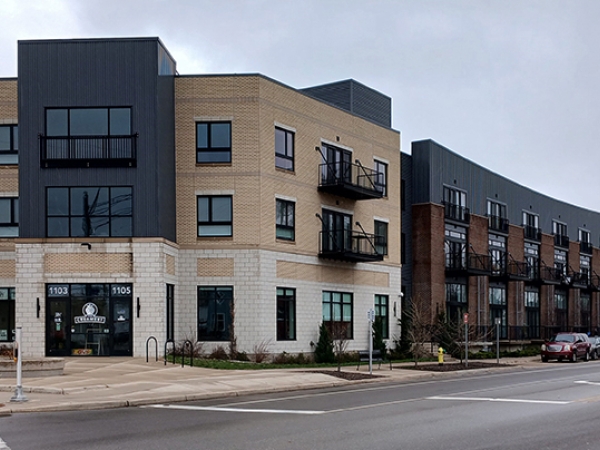The Regional team’s focus is on applied economic research and technical assistance. It addresses issues in regional economies, economic development, workforce/occupational development, evaluation, public policy development and economic impact modeling and analysis. The team assists corporate, nonprofit, economic and workforce development entities along with all levels of government in problem resolution and strategic decision making. Besides offering a comprehensive set of economic development services, the Upjohn regional team also provides land use and resource planning, mapping capabilities, and the Regional Datahub.
Topics
- Regional Strategies and Industrial Clusters
- Community Assessment, Analysis, and Policy
- Workforce and Talent Assessments
- Infrastructure and Land Use Policy
- Housing Analysis and Planning
- Conducting Surveys
- Geospatial Analysis
- Evaluation
- Economic Impact Analysis
Resources
Our focus is on examining the competitiveness and dynamics of industries and clusters, analyzing the resources available in a region that support businesses and how they contribute to job creation and economic growth. We also conduct in-depth studies of specific regions to understand their economic structure, workforce, physical infrastructure, and other resources.
We analyze local economic and cultural data to help communities develop policies and strategies for improving their economic and social environments. Drawing on research from successful models, we provide expertise in addressing community issues.
With our workforce development projects, we continue the legacy of Dr. Upjohn, who created a co-op farm during the Great Depressions where displaced workers could provide for their families. By understanding the wages and skills of workers, we craft workforce strategies to help a region or community grow its economy. Our work includes wage and benefit surveys, workforce education and skill gap analysis, migration, commuting pattern analysis, and more.
We support local governments and economic development agencies by creating master plans, land-use plans, broadband plans, and transportation plans, helping communities optimize the use of shared resources so the community can flourish now and in the future.
We create housing plans that provide current assessment data, supply and demand information, and strategies for a balanced community. We also offer collaboration opportunities and policy recommendations to address the existing gaps in the housing market, fostering workforce expansion and economic growth.
Often, the right data to inform a project does not exist. We use surveys to collect primary data bridge this gap, generating unique datasets and uncovering valuable insights not found elsewhere. From empowering local businesses with wage and benefit data to informing housing plans through community input, surveys gather primary data to fuel research and connect stakeholders, driving informed decisions.
Geographic Information Systems tools store, visualize, and analyze spatial data, offering crucial insights for planning and economic development. We leverage geospatial analysis (spatial data enrichment and aggregation, overlay analysis, and point pattern analysis) to provide valuable insight into regional data that traditional methods of analysis overlook. Moreover, we use web- based mapping tools to visualize spatial data for our clients and partners to access the same data without requiring specialized software.
We provide program evaluation to assess and improve the impact of social interventions such as new treatment methods, service innovations, and other practices and initiatives. We seek to understand precisely why the changes occur by studying purpose and original objectives, what was predicted and achieved, how it was accomplished, the role of specific players, and factors affecting implementation.
We conduct economic impact analysis that helps communities understand the significance of industries or companies in their local economy, assess job implications from economic changes, and determine appropriate investment strategies. These studies provide quantitative estimates of how the local economy, or a specific region, responds to a stimulus, whether positive or negative. By tracing connections across various economic sectors, they calculate multiplier effects, demonstrating how initial impacts ripple through the economy. Regions for economic impact analysis can vary, ranging from municipalities to larger geographic areas with shared economic characteristics, such as a county, metropolitan statistical areas, state, or Census regions.


























